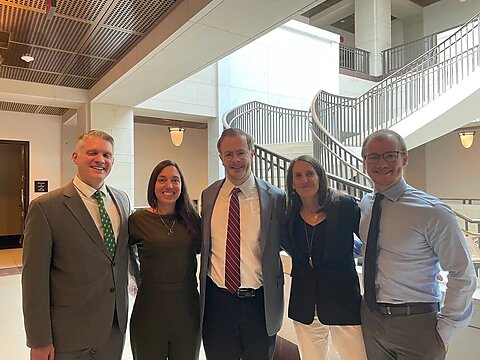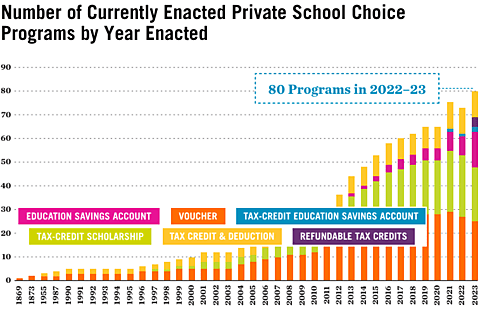Today we’ve published two new essays for Cato’s Defending Globalization project:
“The Conservative Case for Globalization” by Jeb Hensarling explains that free trade has historical, intellectual, economic, geopolitical, and moral justifications that conservatives have long embraced—and still should.
“The Progressive Case for Globalization” by Inu Manak and Helena Kopans‐Johnson explains that globalization has contributed to central components of the progressive policy agenda by significantly reducing poverty and promoting shared prosperity at home and abroad.
This content joins 30 other essays and additional multimedia features on the main Defending Globalization project page.
Make sure to check it all out and stay tuned for future releases.









